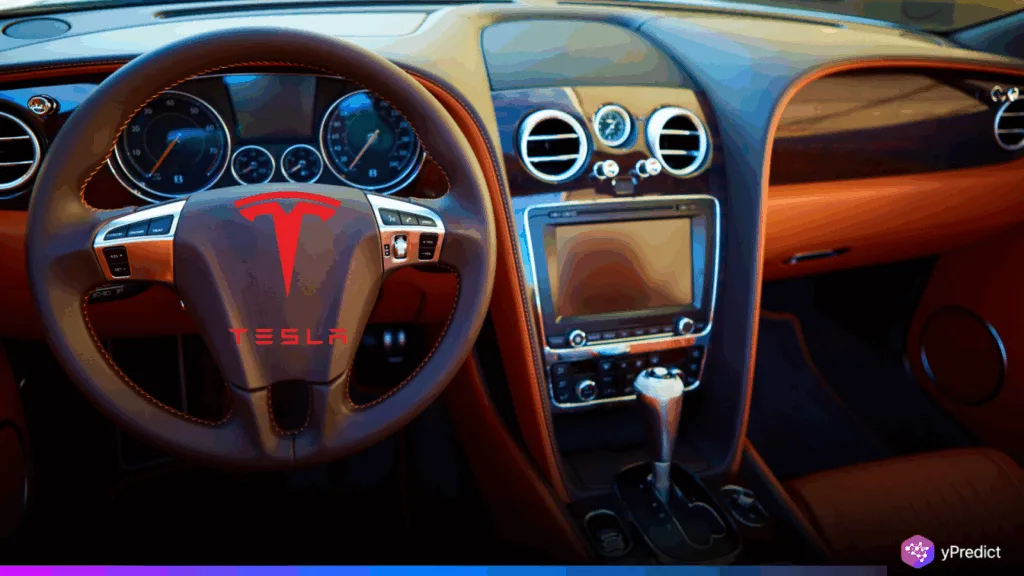
The most significant step in Tesla’s push forward in right-hand-drive markets was its latest test of its Full Self-Driving (FSD) Supervised software in Yokohama, Japan. Yokohama is a prestigious and historically significant port for Japan, as well as one of its first international ports, so having this port access promotes both symbolic and strategic importance for Tesla’s worldwide operations. The busy urban transport, the limited streets, and the strict laws of the city make its urban traffic a perfect place to test autonomous systems. By implementing the self-driving experiments under supervision, Tesla will be able to fine-tune its technology for adverse conditions as well as create confidence among the Japanese regulatory agencies and people.
Navigating Japan’s Regulatory and Market Landscape
Yokohama signals an observant approach regarding Tesla to optimize the FSD with local regulatory requirements. Vehicle safety certification in Japan has a long history of being extremely demanding; add to this the complexity of regulatory compliance with the high level of technological reliability required in Japan, and you have a complex situation. The Supervised feature of the FSD, where the human driver should only monitor the activity, puts Tesla in a position to demonstrate efficiency in safety as well as flexibility. That is essential to Japan, where the people have not relied much on autonomous systems because they supposedly lack safety.
Success in Yokohama may open the doors to approvals in other right-hand-drive markets, including the UK and Australia. Additionally, the entry of Tesla is evidence of a competitive threat to Japanese automakers (Nissan included), who also design autonomous mechanisms in the same city. Nevertheless, Tesla differentiates itself by installing a camera-only-based system, as opposed to other competitors, who use Lidar. Such a radical design has the potential to be an asset in terms of affordability of cost increases in visibility and a liability in terms of regulation in areas of low visibility.
Data-Driven Innovation and Global Implications
Yokohama testing also has the correct linkage to Tesla’s data-driven and iterative development philosophy. Every supervised drive also becomes important feedback to the neural net that runs FSD, allowing the algorithm to better learn to handle a broad variety of unpredictable driving conditions. The crowded pedestrian crossings, winding streets, and lively road conditions made by Yokohama attract the Tesla so that the software can go a step closer to being truly autonomous through real-life testing. That strategy contrasts Tesla with its rivals, who use more pre-mapped data and Lidar-based perception.
Notably, the experiment has faced its testing period in a time when the world governments worldwide struggle with the balance between innovation and safety regulation. Japan has recently amended the law to allow more autonomy to be put into play, but remaining concerns on liability, safety systems, and the possibility of cyberattacks remain off-topic. In the case of Tesla, a successful completion of this exercise may have the potential to alter the outlook of regulatory bodies not only in Japan but also potentially in Europe and the Asia-Pacific region. As the autonomous driving technology might become widely accepted later, thanks to the results in Yokohama.
A Critical Test for Tesla’s Global Ambitions
The FSD experiment in Yokohama is not simply technical; it is a milestone in the development of a regulatory and commercial path for the autonomous driving industry in the global market. Addressing the challenging traffic and restrictive guidelines that are practiced in Japan, Tesla shows its desire to perfect its technology and raises doubts regarding the safety and reliability of its products. In case they are successful, these tests may fast-track FSD adoption internationally, not only in Japan but also in the other right-hand-drive markets, enhancing Tesla’s competitive advantage over the mainstream automakers.





